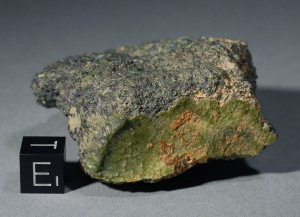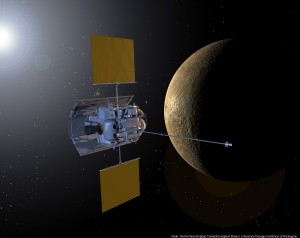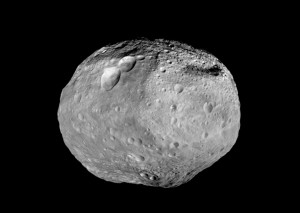
Only during a few periods of the year is the planet Mercury visible in Earth’s night sky. At the Yale Peabody Museum of Natural History, however, part of this distant planet can now be seen up close. A new exhibit, entitled “From Mercury to Earth? A Meteorite Like No Other,” features a green-tinted fragment that is touted as part of the first meteorite on Earth to come from Mercury.
Roughly the size of a golf ball, the portion on display was discovered in Morocco in 2012 as a part of 35 meteorite samples collectively known as NWA 7325. Thus far, scientists have gathered that NWA 7325 is an achondrite, a relatively rare space rock that contains a metallic core.

Several factors lead scientists to think that the extraterrestrial rock came from Mercury. A team led by Dr. Anthony Irving from the University of Washington dated the ancient specimens to about 4.56 billion years ago. During a recent appearance at the Peabody, Irving said that the meteorite’s high magnesium and chromium but low iron content is similar to that of Mercury. The researchers also found that the meteorite’s magnetic intensity is very similar to that of the planet. This comparison was confirmed by data received from NASA’s Messenger spacecraft, which is currently orbiting Mercury.

However, some scientists have expressed skepticism about the fragment’s mercurial origins, as current dating technology deems it too old to have come from Mercury. These scientists have alternatively postulated that the composition more closely resembles samples from the main asteroid belt.
But the general consensus is that further testing, such as assessment of levels of cosmogenic nucleotides — unstable atoms generated by cosmic radiation exposure — could provide a better idea of the meteorite’s true origins. Because of Mercury’s proximity to the sun, abnormally high levels of these nucleotides would suggest that the meteorite was indeed from Mercury. In the meantime, visitors can ponder the meteorite’s origin for themselves at the Peabody Museum.
